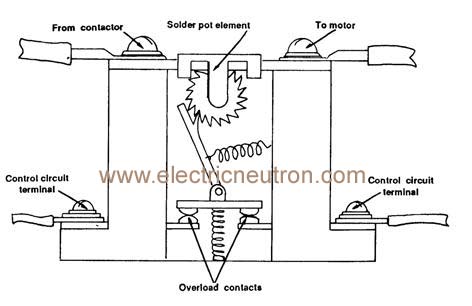can someone help me out on this.
The problem is simple. A 1hp 220V motor with 6.8A FLA
I summarized the wire size and protection in the table below.

I have two issues:
1 - did i size up the overload protection correctly since the FLA with 1.15 multiplier still resulted in a value less than FLC?
2- the required protection is so small. is there a overload protection device for 10AMP? In any case, i thought the device would need to be UP TO A MAX of 9.5AMP?
The problem is simple. A 1hp 220V motor with 6.8A FLA
I summarized the wire size and protection in the table below.

I have two issues:
1 - did i size up the overload protection correctly since the FLA with 1.15 multiplier still resulted in a value less than FLC?
2- the required protection is so small. is there a overload protection device for 10AMP? In any case, i thought the device would need to be UP TO A MAX of 9.5AMP?




